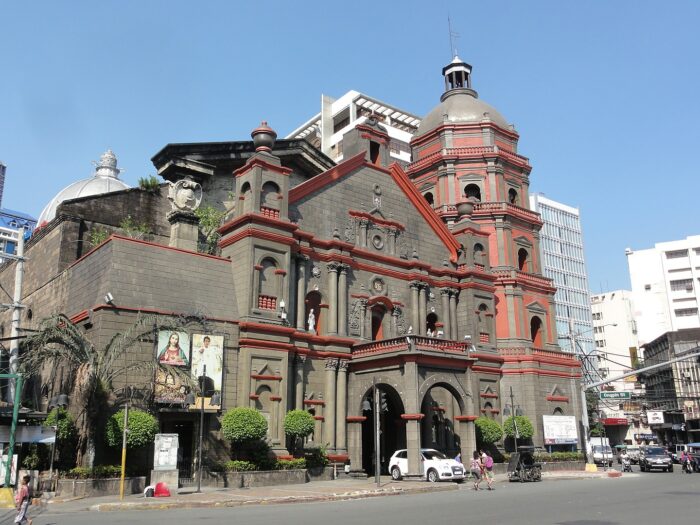Out of Town Blog
Binondo Church: Minor Basilica and National Shrine of San Lorenzo Ruiz
Binondo Church: A Historical Landmark in Manila’s Chinatown
Binondo Church, also known as the Minor Basilica and National Shrine of San Lorenzo Ruiz, is a historic church located in the district of Binondo, Manila, Philippines. It was established by the Dominicans in 1596 and was initially dedicated to Saint Gabriel the Archangel before becoming Binondo’s patron until the mid-19th century. The church is now dedicated to Saint Lorenzo Ruiz, the first Filipino saint born and raised in Binondo.
Binondo Church is considered one of the oldest places of Christian worship in the Philippines. It has been through several changes in administration, from being administered by Dominican priests in 1596 to secular priests in 1768, back to Dominican administration in 1822, and finally back to secular priests in 1898. Despite these changes, the church has remained an important landmark in the history of the Philippines, particularly in the development of Catholicism in the country.
Today, Binondo Church is a place of worship and a popular tourist destination. Its beautiful architecture, intricate designs, and rich history attract visitors from all over the world. The church’s status as a Minor Basilica and National Shrine also adds to its significance and draws in pilgrims who seek spiritual guidance and blessings.
Historical Overview
Binondo Church was founded by Dominican priests in 1596 to serve their Chinese converts to Christianity.
The original structure of the Binondo Church was constructed in 1596, but it underwent several renovations and reconstructions over the years. The current Baroque-style church building was completed in 1852. It was designed by two Spanish architects, Francisco Roxas and Felix Roxas, and features ornate details and intricate carvings.
Throughout its history, Binondo Church has witnessed several significant events. During the British invasion of Manila in 1762, the church was used as a hospital for wounded British soldiers. In 1863, an earthquake damaged the church, and it had to undergo extensive repairs.
In 1898, the archives of the church were burned by the American bombing during the Spanish-American War. During the Second World War, the Japanese forces heavily damaged the church, but it was later restored after the war. In 1981, Pope John Paul…
Click Here to Read the Full Original Article at Out of Town Blog…
